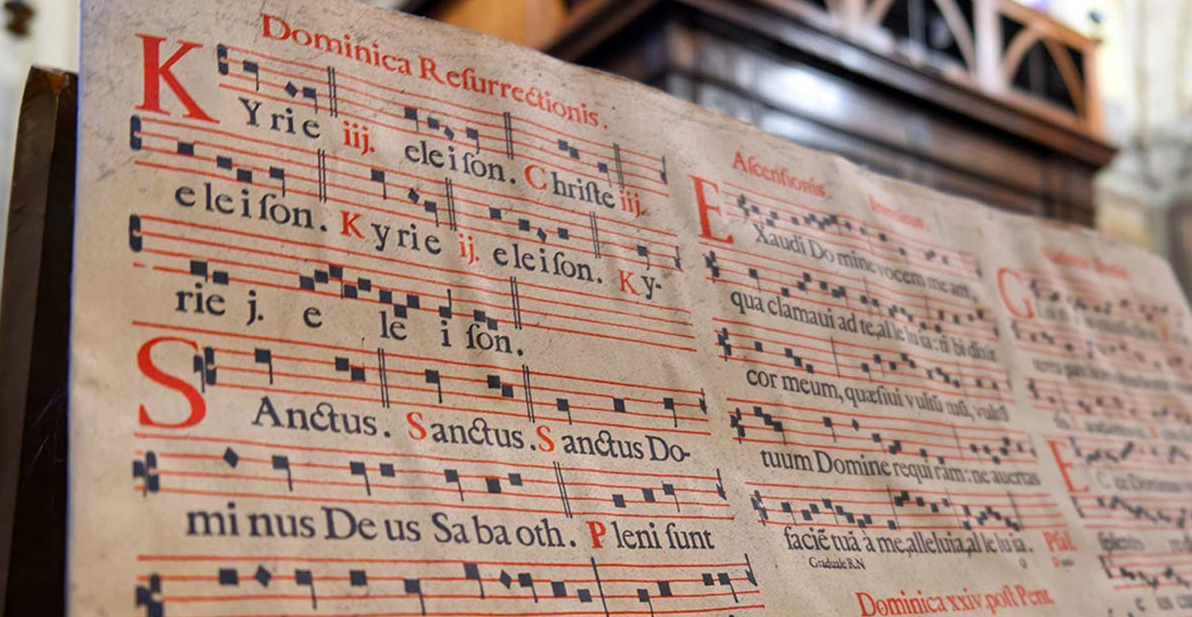Enter the ethereal realm of Gregorian chant, a venerable form of liturgical music that resonates through the corridors of time. Originating in the early Christian period, this sacred musical tradition is said to have found its maestro in Pope Gregory I, whose influence gave it the name we know today.
Yet modern scholars have an exciting new take—was the Gregorian chant the product of one of medieval Europe’s most powerful dynasties, the Carolingians? Was it the legendary king Charlemagne, rather than Gregory, who was responsible for the chant’s rise? Either way, Gregorian chant, with its singular melodic line and Latin verses, became an integral part of Western Catholic liturgy. As we unravel the historical threads, we discover not just a musical phenomenon but a spiritual journey that traverses centuries.
Let’s start with a quick explanation of what a Gregorian chant actually is. A Gregorian chant is a form of plainchant, a type of liturgical or religious music that emerged in the Western Christian tradition centuries ago. Rooted in medieval monastic practices, Gregorian chants are characterized by their simple messages which are sung in Latin and feature a lack of instrumental accompaniment. The chants are mainly associated with the Roman Catholic Church and are a major part of its worship rituals.
Archaeologists found a mind-blowing cluster of ancient lost civilizations
Gregorian chants are made up of a single, unaccompanied vocal line meant to emphasize simplicity, creating a meditative quality. The melodies usually follow a distinctive, free-flowing rhythm which is shaped by the text’s natural cadences. The chants serve as a way to pray and worship God enhancing the spiritual atmosphere within ceremonies.
A Gregorian chant done well requires a degree of vocal skill with a focus on precision and clarity in pronunciation, so no mumbling the lines. The aim is to elevate the sacred experience through the harmonious intertwining of text and melody, fostering a sense of contemplation and reverence among worshippers.
Continue here: Ancient Origins
Ask me anything
Explore related questions





